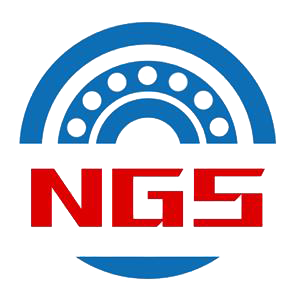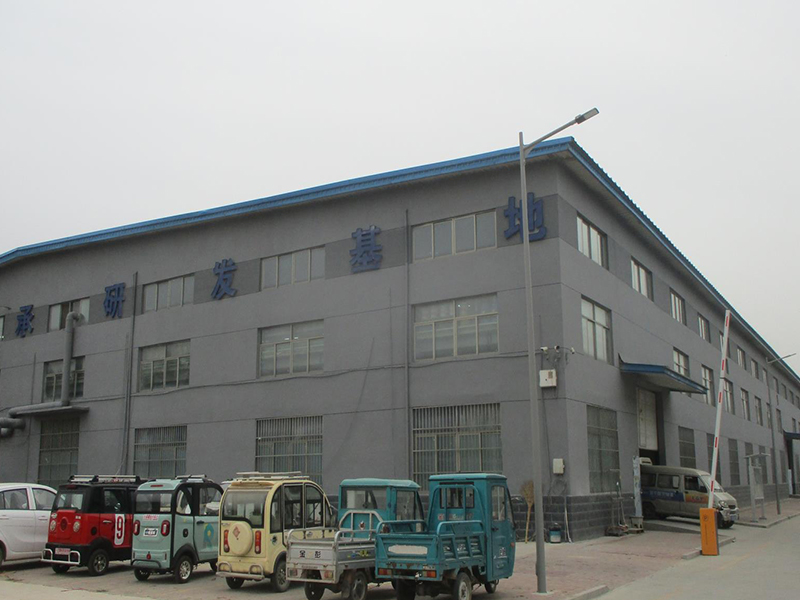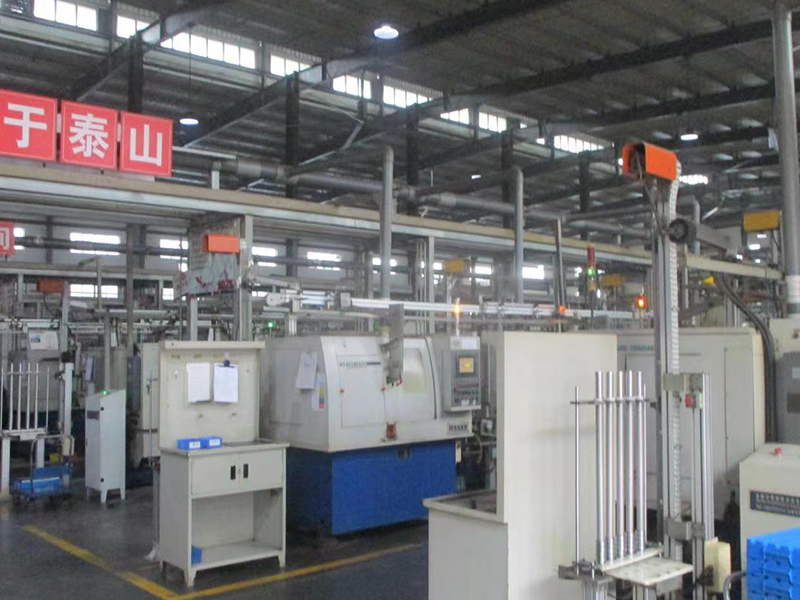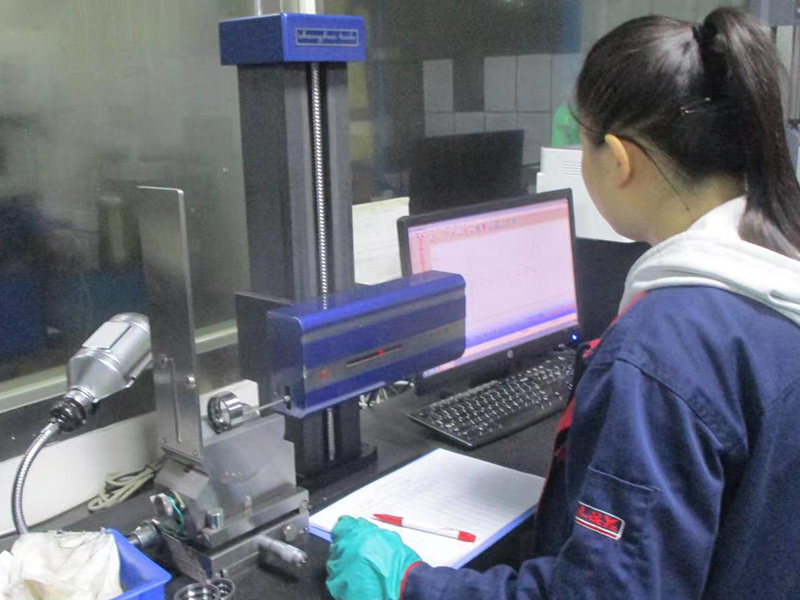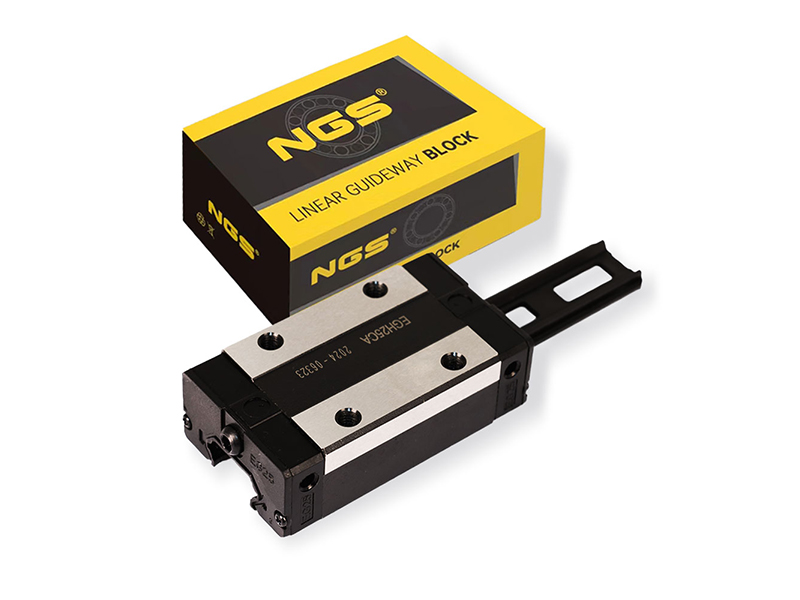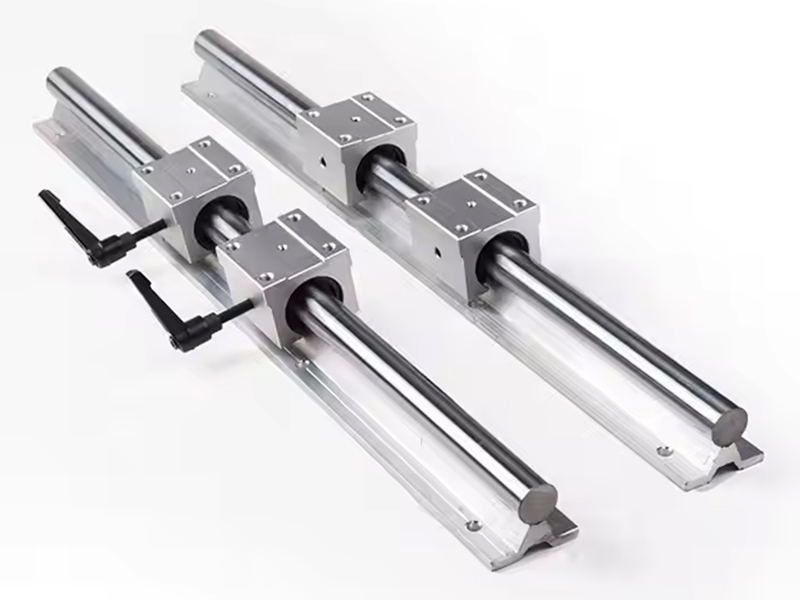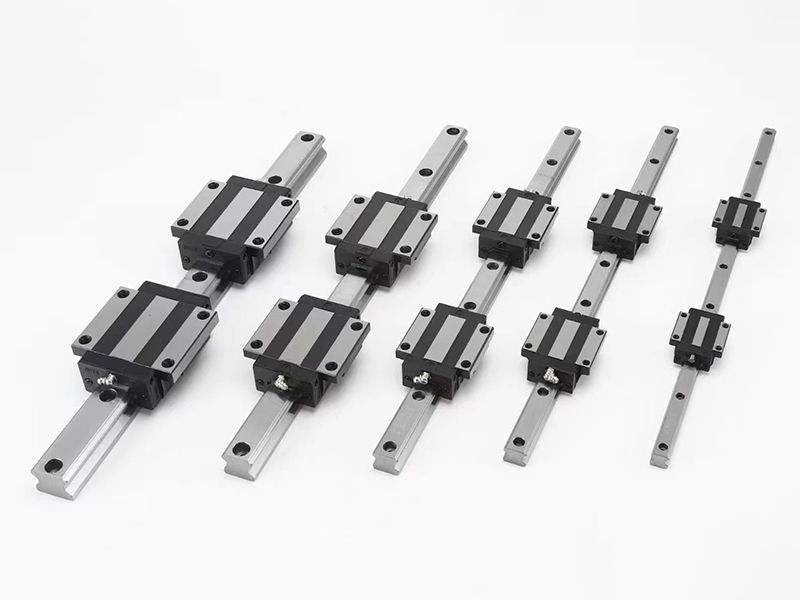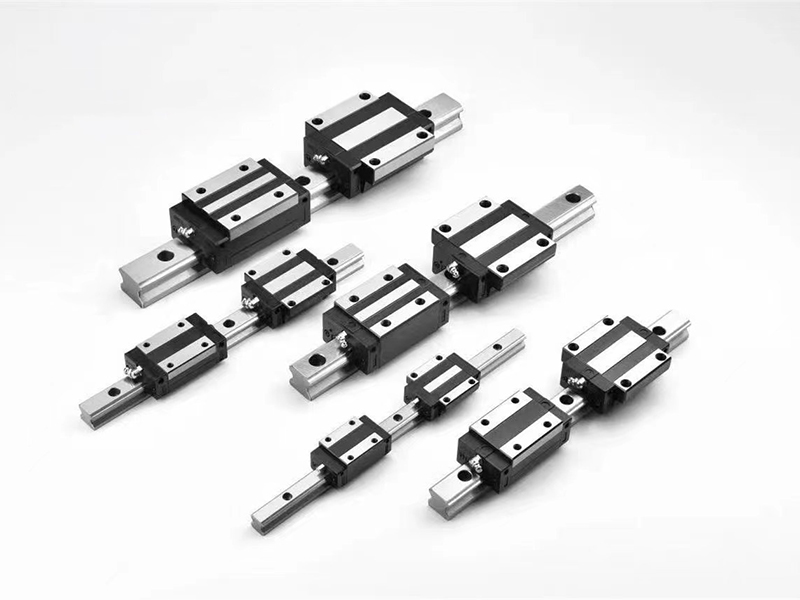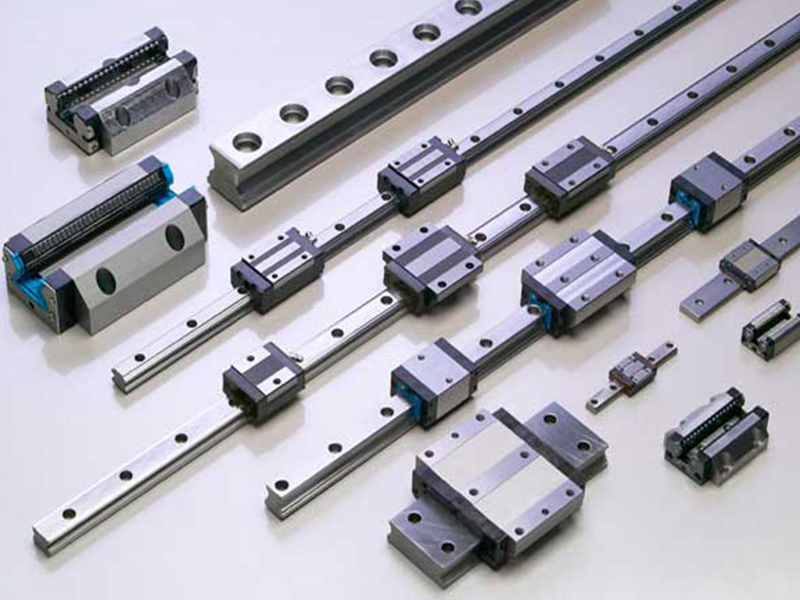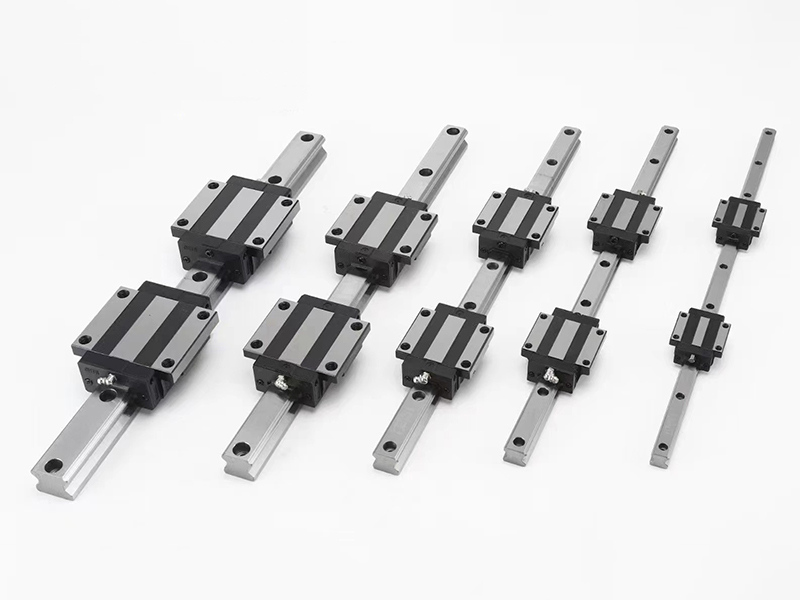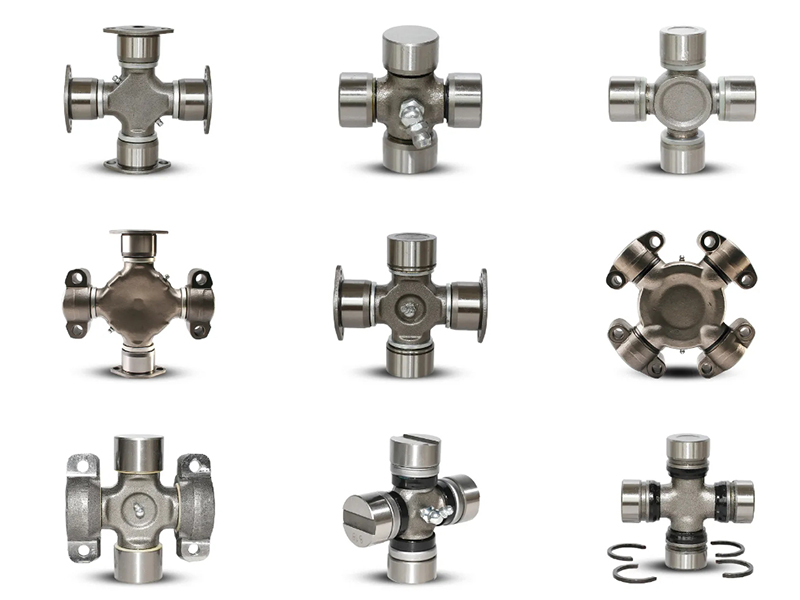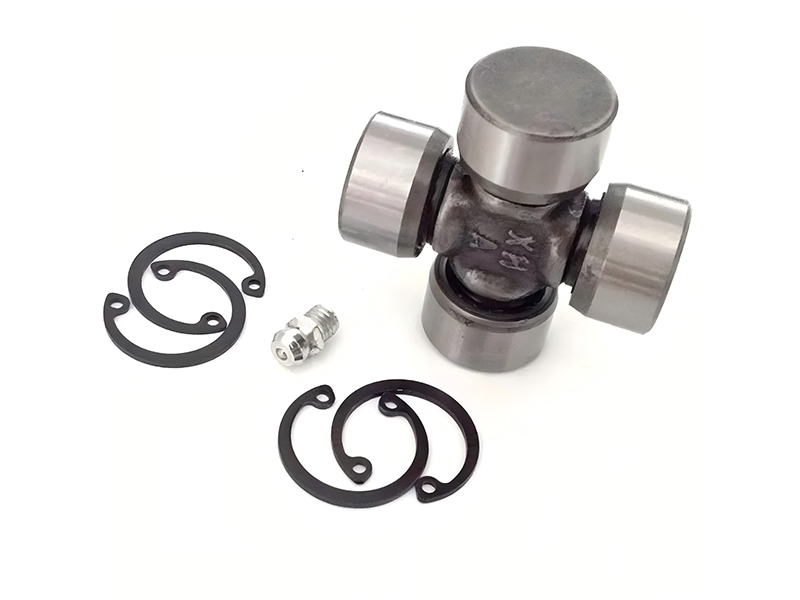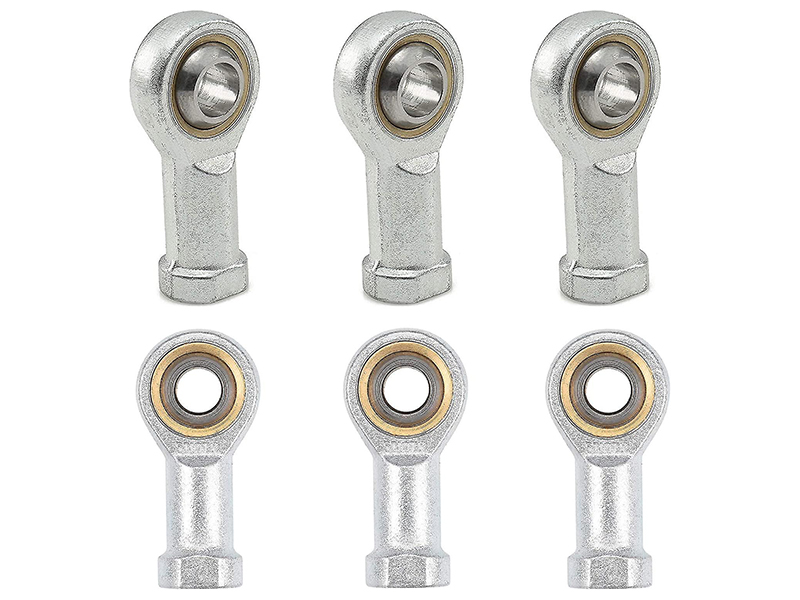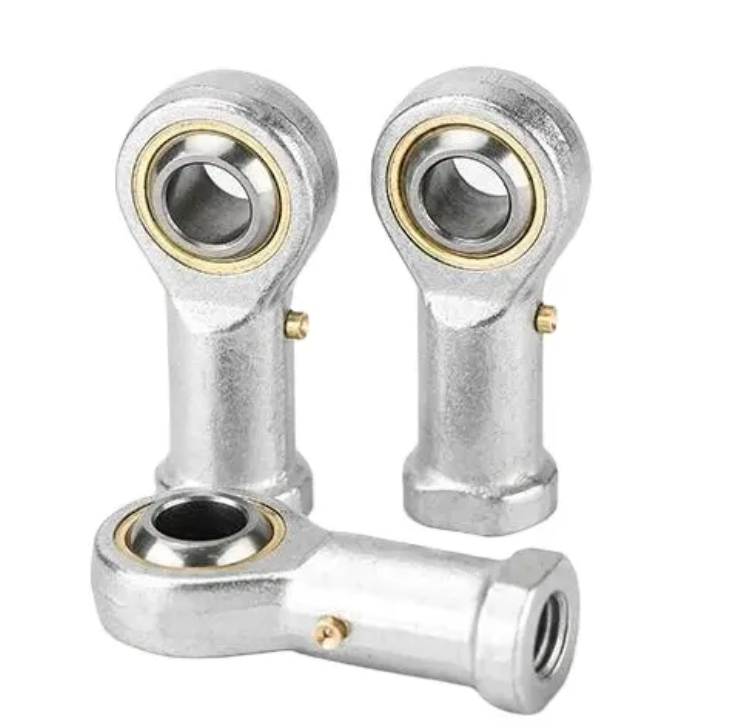Inside automated equipment, CNC machines, and industrial robots lies an indispensable "unsung hero" – the linear guide or linear rail system. Though often hidden from view, it is the core component that enables precise linear motion, serving as the "precision backbone" of modern industrial machinery. This article provides a comprehensive overview of linear guides, covering their structure, working principle, key advantages, and widespread applications.
1. What is a Linear Guide?
In simple terms, a linear guide or linear motion guide is a device used to support and guide a moving part along a fixed path to perform high-precision, linear reciprocating motion. Linear motion guide successfully transforms sliding friction into rolling friction, significantly reducing movement resistance and improving positioning accuracy and motion efficiency.
Think of it like a train wheel on a track: the rail is a rigid, straight track fixed to the machine base, while the block (or slider) acts like the wheel assembly. Inside the block, precision balls or rollers move along the raceways of the rail, allowing the attached table (e.g., a machine tool carriage or robotic arm) to move accurately to a specified position.
2. Core Components and Working Principle
A standard linear guide system consists of several key components:
Rail: A precision-machined rigid track, typically with a specific profile (e.g., Gothic arch). Its raceway surfaces are hardened and ground to achieve high hardness, straightness, and parallelism, forming the foundation for motion accuracy.
Block (Slider): The component that moves along the rail. It contains the ball or roller circuit, end seals, and end caps.
Rolling Elements: Usually precision balls or cylindrical rollers. They are positioned between the rail and the block, carrying the load and enabling smooth rolling motion.
Retainer: Also known as a cage or separator, it keeps the rolling elements apart to minimize friction, wear, and noise, ensuring smooth and consistent operation.
End Seals and Scraper Plates: Attached to the ends of the block, they effectively prevent contaminants like dust and chips from entering the system and retain lubrication, ensuring long service life and reliability.
Working Principle: As the block moves relative to the rail, the rolling elements circulate endlessly within the block. They roll along the load-bearing raceways, reach the end of the block, and are redirected through a return channel back to the starting point, creating a continuous recirculating motion.
3. Key Advantages of Linear Guides
Compared to traditional sliding guides, linear guides offer significant advantages:
High Precision: Manufacturing processes guarantee extremely high guiding accuracy, enabling positioning to within microns or even sub-microns.
Low Friction and High Rigidity: The coefficient of rolling friction is very low (as low as 0.002), resulting in minimal starting friction, sensitive motion without "stick-slip," and high system rigidity, especially when preload is applied.
High-Speed Capability: Low friction resistance allows for very high linear speeds, dramatically increasing production efficiency.
Long Service Life and High Reliability: Hardened contact surfaces experience minimal wear, leading to a very long operational life under proper conditions and maintenance.
Excellent Interchangeability: Standardized and serialized production means rails and blocks are interchangeable, simplifying installation, maintenance, and replacement.
4. Main Types
Based on the type of rolling element, linear guides are primarily categorized into two types:
Ball Linear Guides: Use balls as the rolling elements. They offer the lowest friction and smoothest motion, capable of the highest speeds, but have slightly lower load capacity. Ideal for high-precision, high-speed, and moderate-load applications like measuring equipment, semiconductor machinery, and medical devices.
Roller Linear Guides: Use cylindrical rollers. The line contact between rollers and raceways provides a much higher load capacity and rigidity than the point contact of balls, though maximum speed is somewhat lower. They are suited for heavy-load, high-impact applications like large CNC machining centers, forging equipment, and heavy-duty automation systems.
5. Ubiquitous Applications
Linear guides are found in virtually every industry that requires precise linear motion:
Machine Tools: Movement of tool carriages and worktables in machining centers, lathes, milling machines, and grinders.
Industrial Robotics: Linear axes in robotic joints and for gantry robots.
Automation Equipment: Pick-and-place units, assembly robots, and inspection systems on production lines.
Precision Measurement Instruments: Motion platforms for Coordinate Measuring Machines (CMMs) and vision measuring systems.
Electronics and Semiconductor Manufacturing: Chip mounters, wire bonders, and wafer handling equipment.
Medical Equipment: Sliding tables for CT and MRI scanners, and surgical robots.
Conclusion
From the manufacturing of tiny smartphone components to the production of aerospace vehicles, linear guides silently underpin the development of modern industry towards greater precision, automation, and efficiency. They are a fundamental building block of advanced manufacturing, and their technological level is a reflection of a nation's industrial capability. As Industry 4.0 and smart manufacturing continue to evolve, the demands on linear guide accuracy, speed, and reliability will only increase, ensuring their critical role for the foreseeable future.
